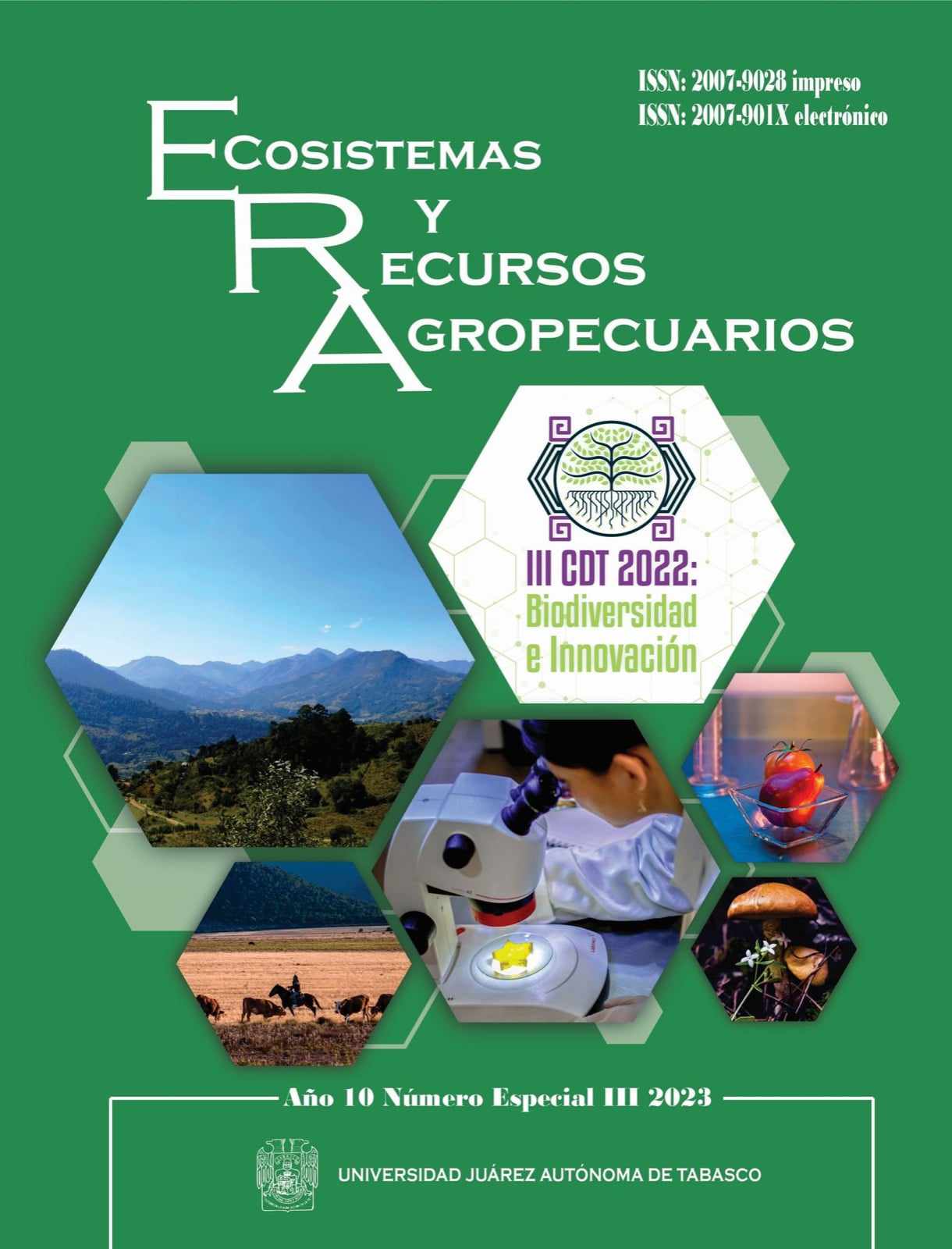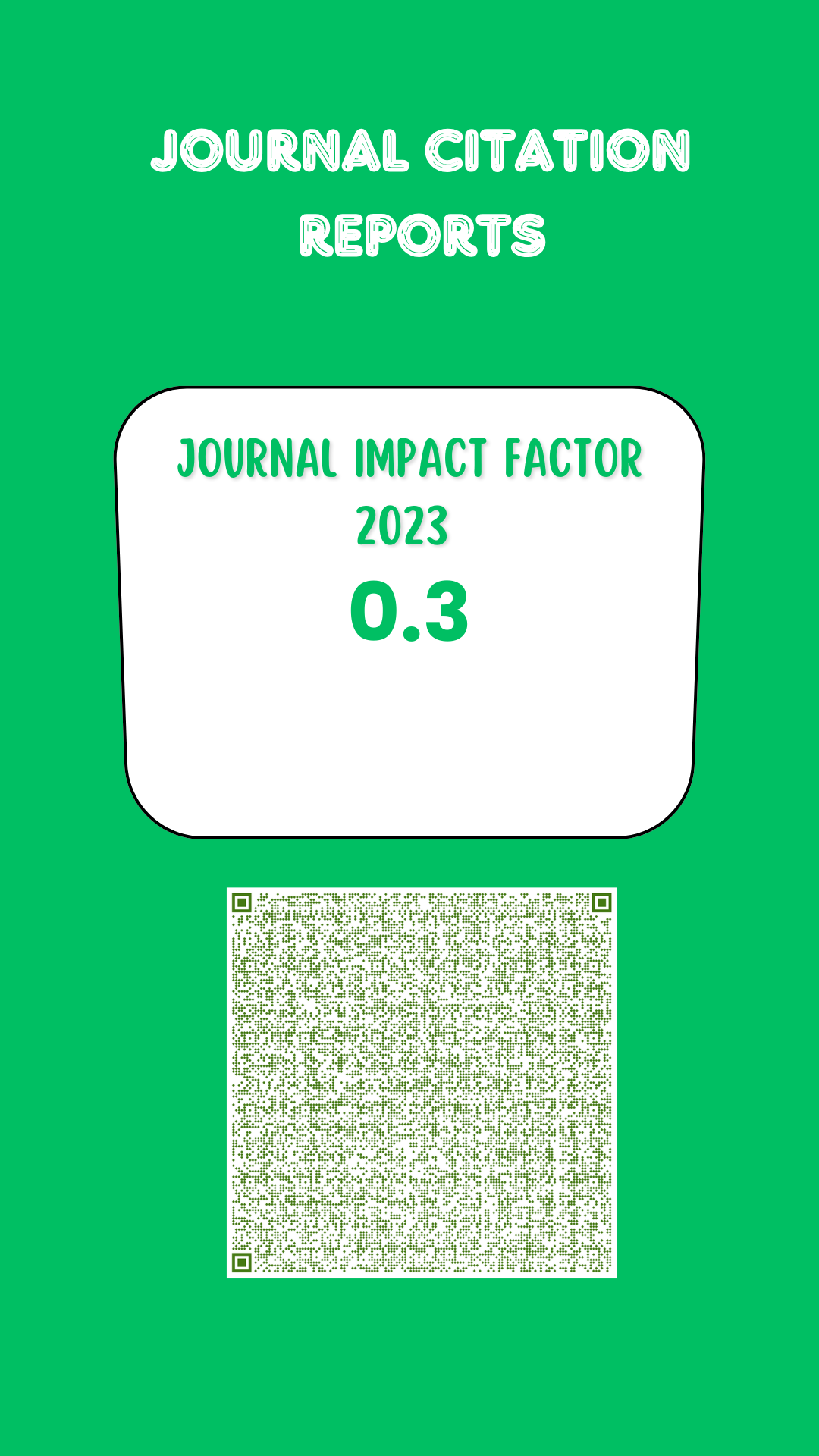Optimization of DNA extraction from bee pollen for molecular characterization
DOI:
https://doi.org/10.19136/era.a10nNEIII.3656Keywords:
Polen apícola, ADN genómico, extracción, optimización, ITS2Abstract
The botanical origin of bee pollen plays a key role in its nutritional properties, while its determination by microscopic analysis demands experience y time. Another rapid identification method is DNA barcoding, which allows the determination of the species of a biological sample through standardized DNA. However, this technique requires sufficiently pure DNA to perform amplification y sequencing. In this work, we compared the effect of different variations of the three steps (incubation time, number of washes, y protein precipitation solvent) in the CTAB-based method on the extraction of genomic DNA from bee pollen.
Through the variance analysis, we found that the incubation time did not affect the DNA yield, while the number of washes had a critical impact on DNA yield, which had a negative effect. In addition, protein precipitation solvent also had a significant effect on DNA yield, which achieved better yields with chloroform:isoamyl alcohol (24:1). To investigate whether the variations in the steps of DNA extraction could affect the subsequent molecular analysis, we performed PCR verification on all processed DNA y compared the results. Our results showed that amplification of the ITS2 fragment was successful with all treatments of genomic DNA samples, y accurately identified 11 plant species. This study can provide important assistance for the extraction of high-quality pollen DNA, and provide a solid basis for subsequent barcoding research, detection of invasive species, transgenic or toxic plants.
Downloads
Downloads
Published
Issue
Section
License
Copyright (c) 2023 Ecosistemas y Recursos Agropecuarios

This work is licensed under a Creative Commons Attribution-NonCommercial-ShareAlike 4.0 International License.
Aviso de copyright
Los autores que se envían a esta revista aceptan los siguientes términos:
una. Los autores conservan los derechos de autor y garantizan a la revista el derecho a ser la primera publicación del trabajo con una licencia de atribución de Creative Commons que permite a otros compartir el trabajo con un reconocimiento de la autoría del trabajo y la publicación inicial en esta revista.
B. Los autores pueden establecer acuerdos complementarios separados para la distribución no exclusiva de la versión del trabajo publicado en la revista (por ejemplo, en un repositorio institucional o publicarlo en un libro), con un reconocimiento de su publicación inicial en esta revista.
C. Se permite y se anima a los autores a difundir su trabajo electrónicamente (por ejemplo, en repositorios institucionales o en su propio sitio web) antes y durante el proceso de envío, ya que puede conducir a intercambios productivos, así como a una cita más temprana y más extensa del trabajo publicado. (Consulte El efecto del acceso abierto).



